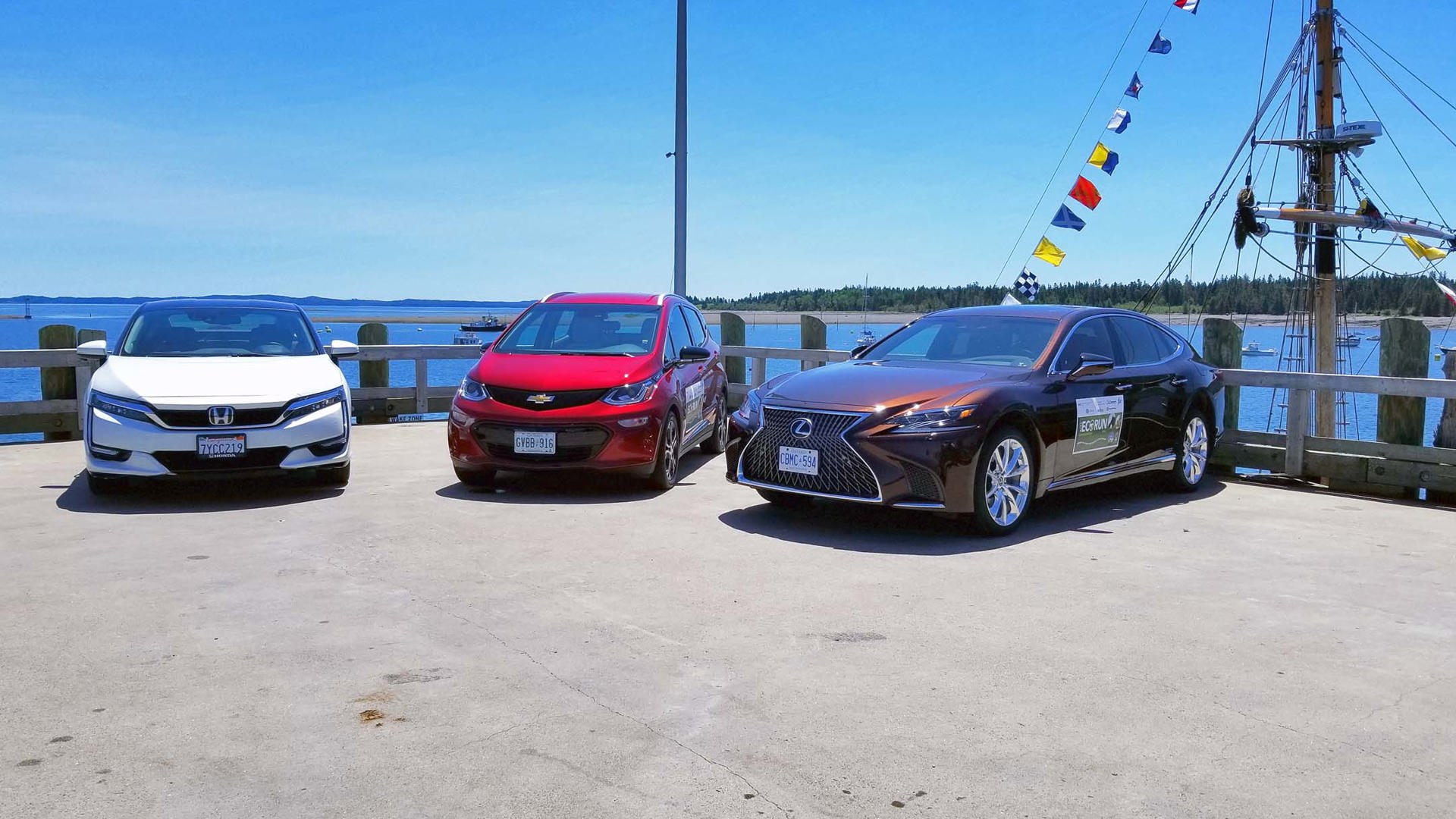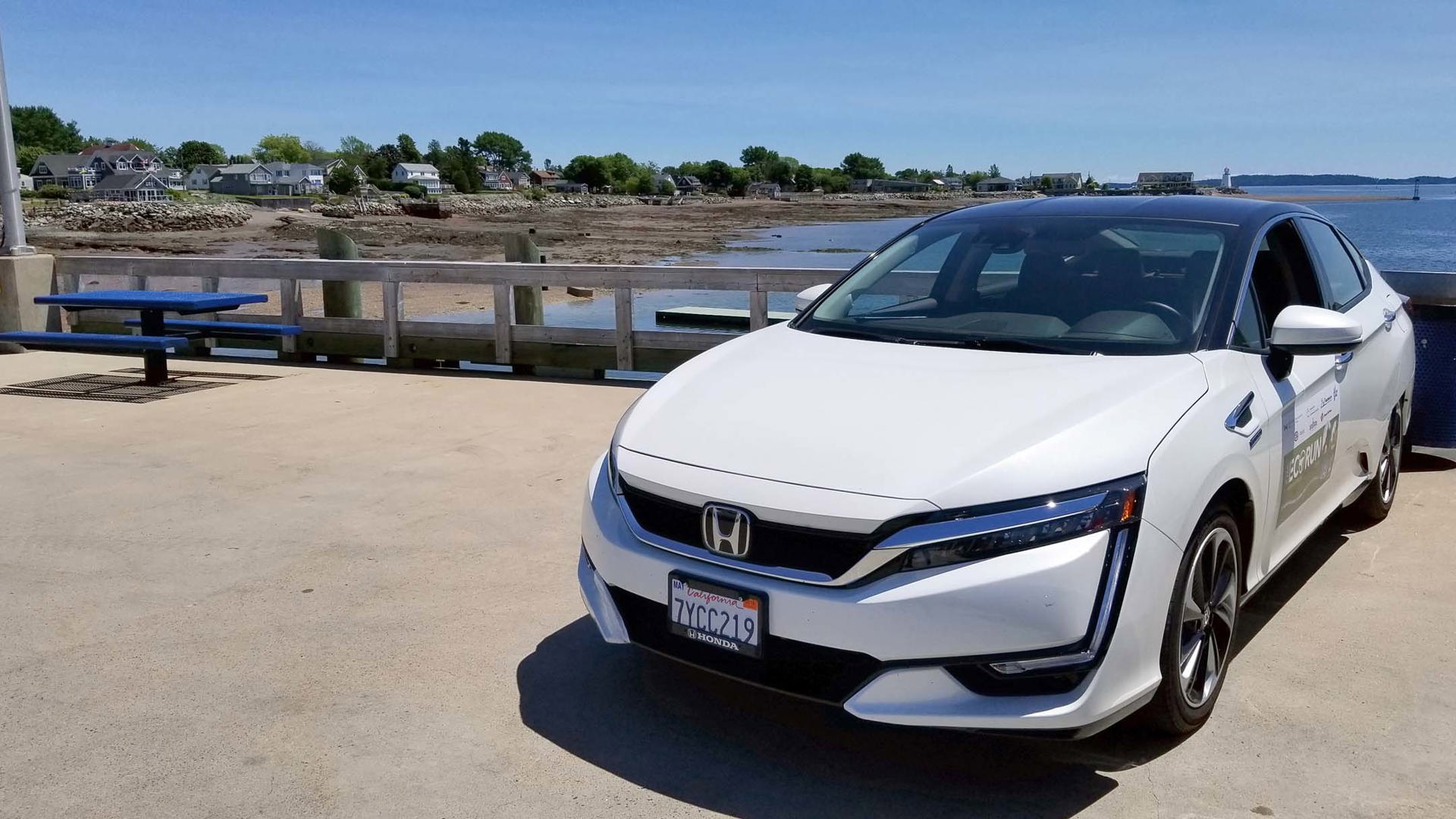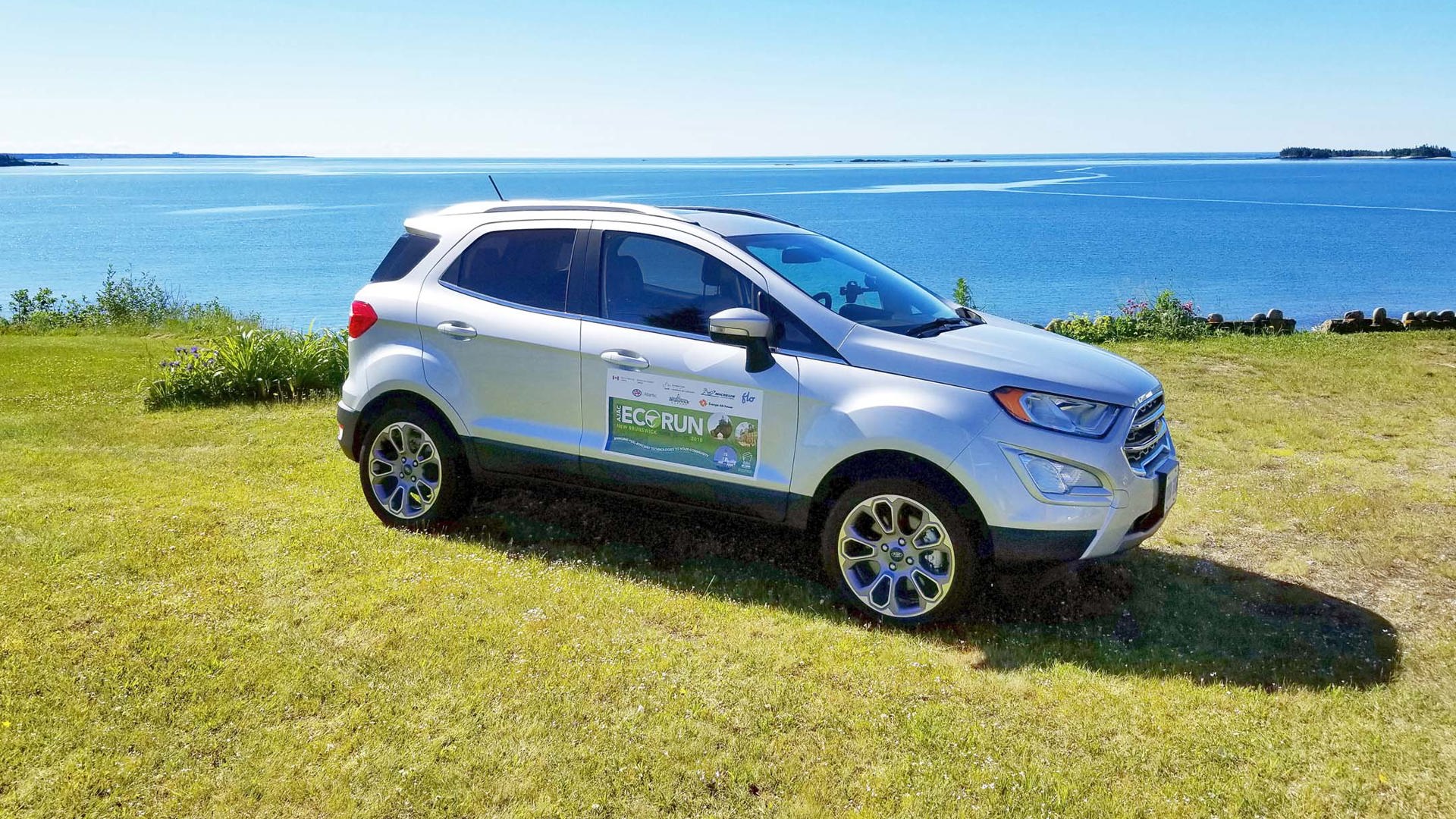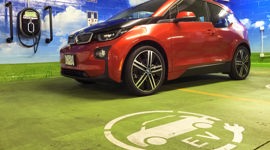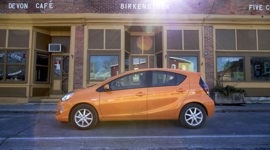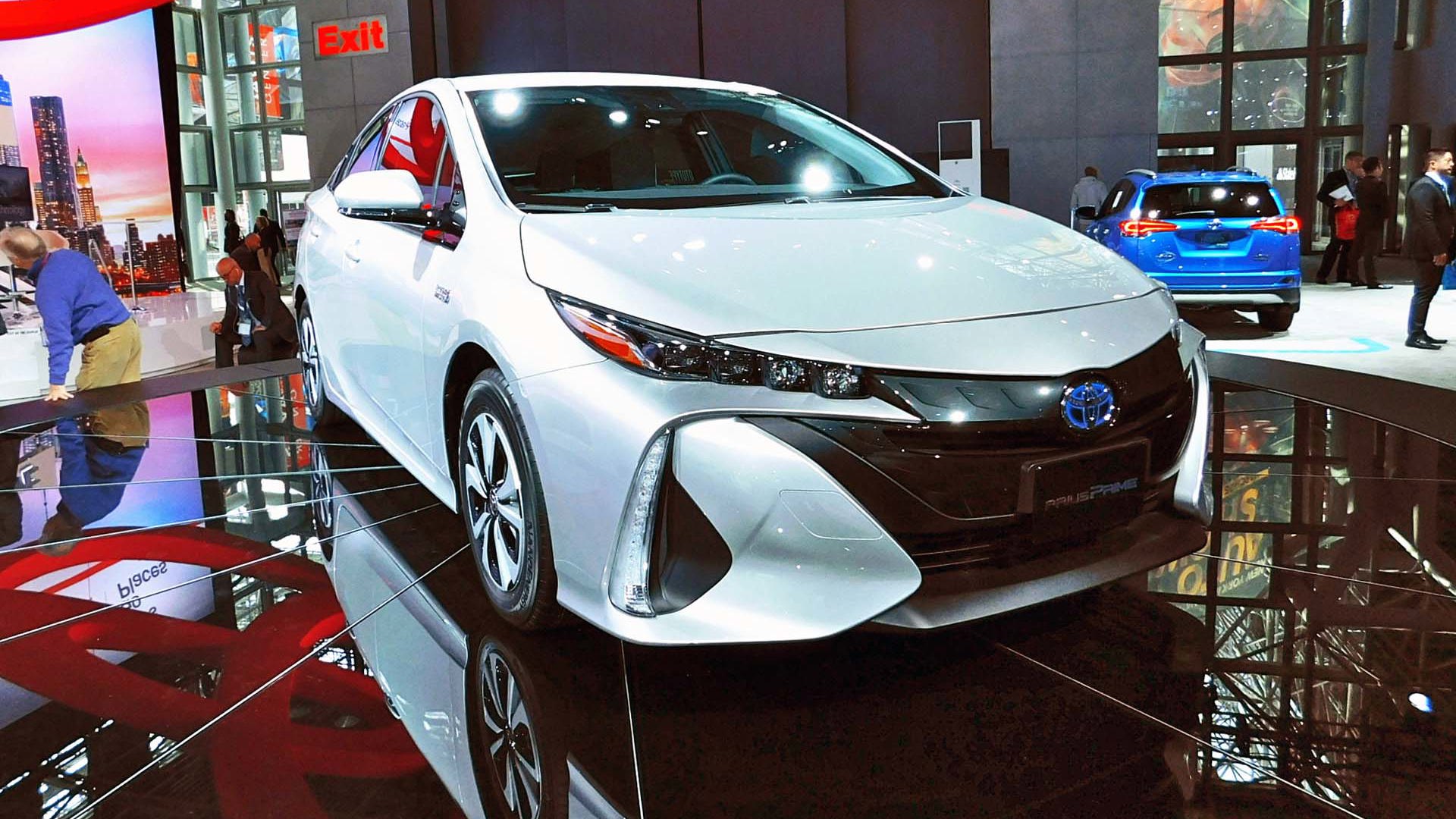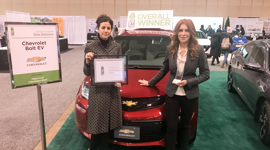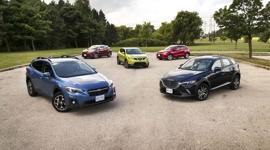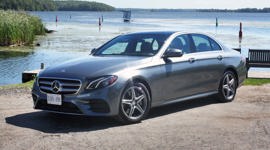Electric vehicle adoption was always going to come in two stages.
The first is with commuters. Ensuring that drivers have easy access to at-work and at-home charging infrastructure – and, ideally, at-grocery store, at-Ikea, and so on – makes the leap into electric-only transport seem palatable over short distances, likely in a second car. On this front, in many Canadian cities, we’re on our way.
The second, though, is a bigger one to overcome and a greater barrier to full adoption, and that’s the ability to up and go as far as your heart desires.
This is the difference between feeling fenced-in by progress and having the freedom to make the transition without compromise. Canada is a massive country, and although a lot of us don’t get out and explore it nearly as much as we should, the trait most people would look for in a primary car is the ability to do so, just in case the urge ever arises.

Until recently, we’d made little progress in this regard. There’s infrastructure in the Windsor–Quebec City corridor and around the Gaspé Peninsula, but that’s more or less where it ended.
This, too, is finally changing.
Anyone who’s driven to the Maritimes knows that New Brunswick is the gateway to the region. No matter where on the East Coast you’re travelling toward, you’re probably going to pass through New Brunswick’s section of the Trans-Canada Highway to get there. On top of that, 95 percent of the tourists who stay in the province to explore arrive by car.

In response, the province has doubled its fast-charging infrastructure – the sort that can get most EVs to an 80 percent charge in about 30 minutes – from 9 to 18 locations along the Trans-Canada Highway and in some top seaside tourist destinations. Twelve Level 2 chargers – the kind that take a few hours to do the same amount of work as a Level 3 – have been added to attractions where people tend to stay a while longer: Hopewell Rocks, Mactaquac Provincial Park, Parlee Beach Provincial Park, De la République Provincial Park, New River Beach Provincial Park, and the Village Historique Acadien.
“People were a little nervous about making it to the next charging station,” says the Honourable Cathy Rogers, Minister of Finance for New Brunswick, at the opening ceremony for the 2018 AJAC EcoRun. “We wanted to make sure that as we attract tourists to some of our key sites that they can indeed feel confident that they can charge their electric vehicles when they visit them.
“We also were pretty strategic that where we put the charging stations there are good opportunities for people to stop and have lunch, to stop and visit a site. We hope that this will just grow.”
It’s still a 30-minute stop that’s dependent on availability as opposed to a five-minute stop for fuel, but it’s forward momentum.
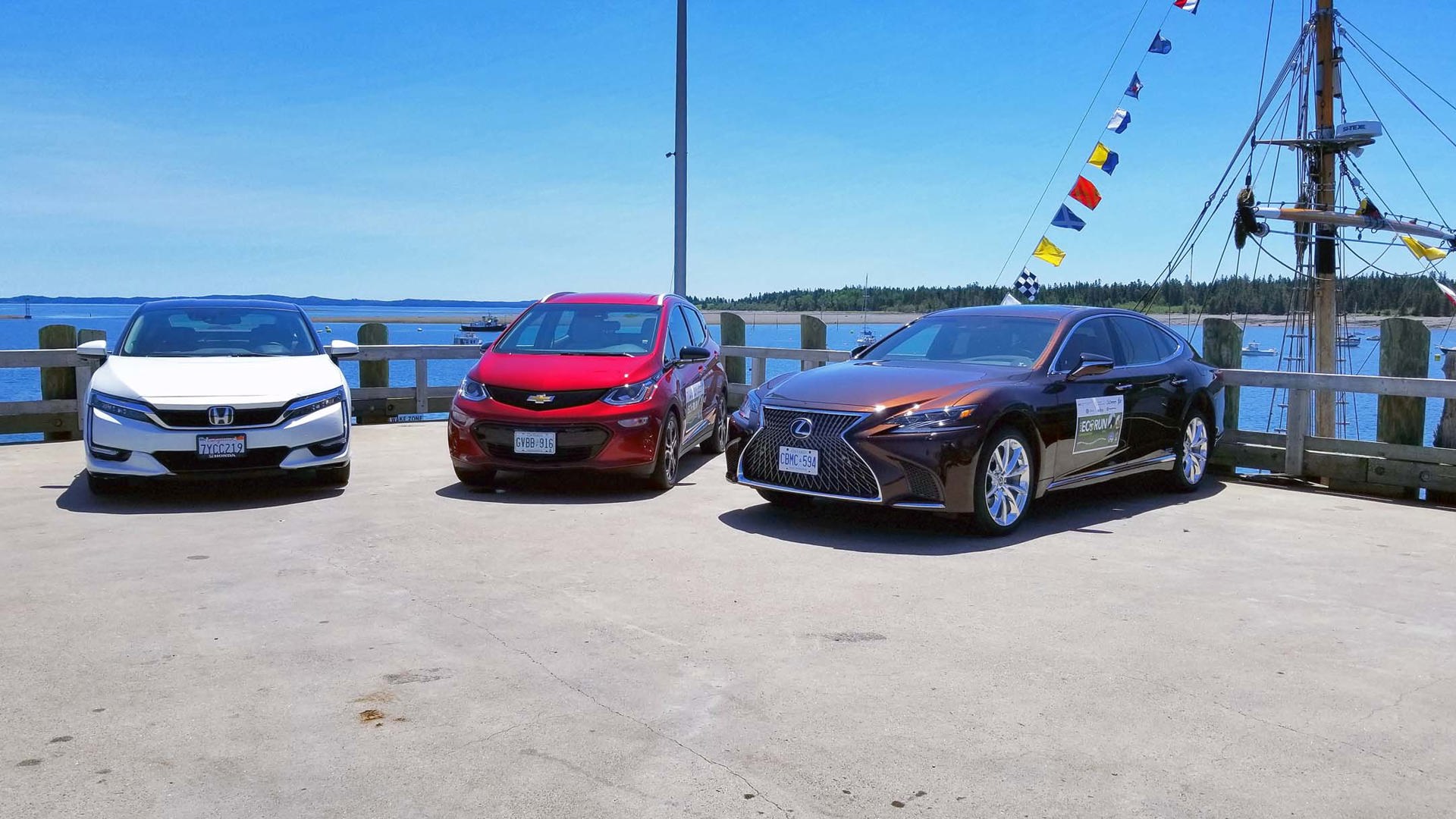
EcoRun is an annual event held by the Automobile Journalists Association of Canada with the mission of highlighting advancements in eco-friendly driving. This year, New Brunswick was selected as host due to its rapid and calculated infrastructure investment.
The two-day event saw automotive journalists from across the country test some of the industry’s most fuel-efficient vehicles, from full EVs like the Nissan Leaf and the Chevrolet Bolt to plug-in hybrids, traditional hybrids, a Chevrolet Equinox Diesel, and even conventional internal combustion engines. You’ll find a full list below of the vehicles that were available and how much more efficiently AJAC journalists were able to drive them over the official Natural Resources Canada efficiency ratings.
With 12 Level 3 chargers being installed across Nova Scotia this spring and the section of the Trans-Canada Highway that passes through Northern Ontario and Manitoba getting the same treatment in 2019, maybe it’s not such a pipe dream to imagine that EcoRun might one day send fuel-efficient vehicles from coast to coast.
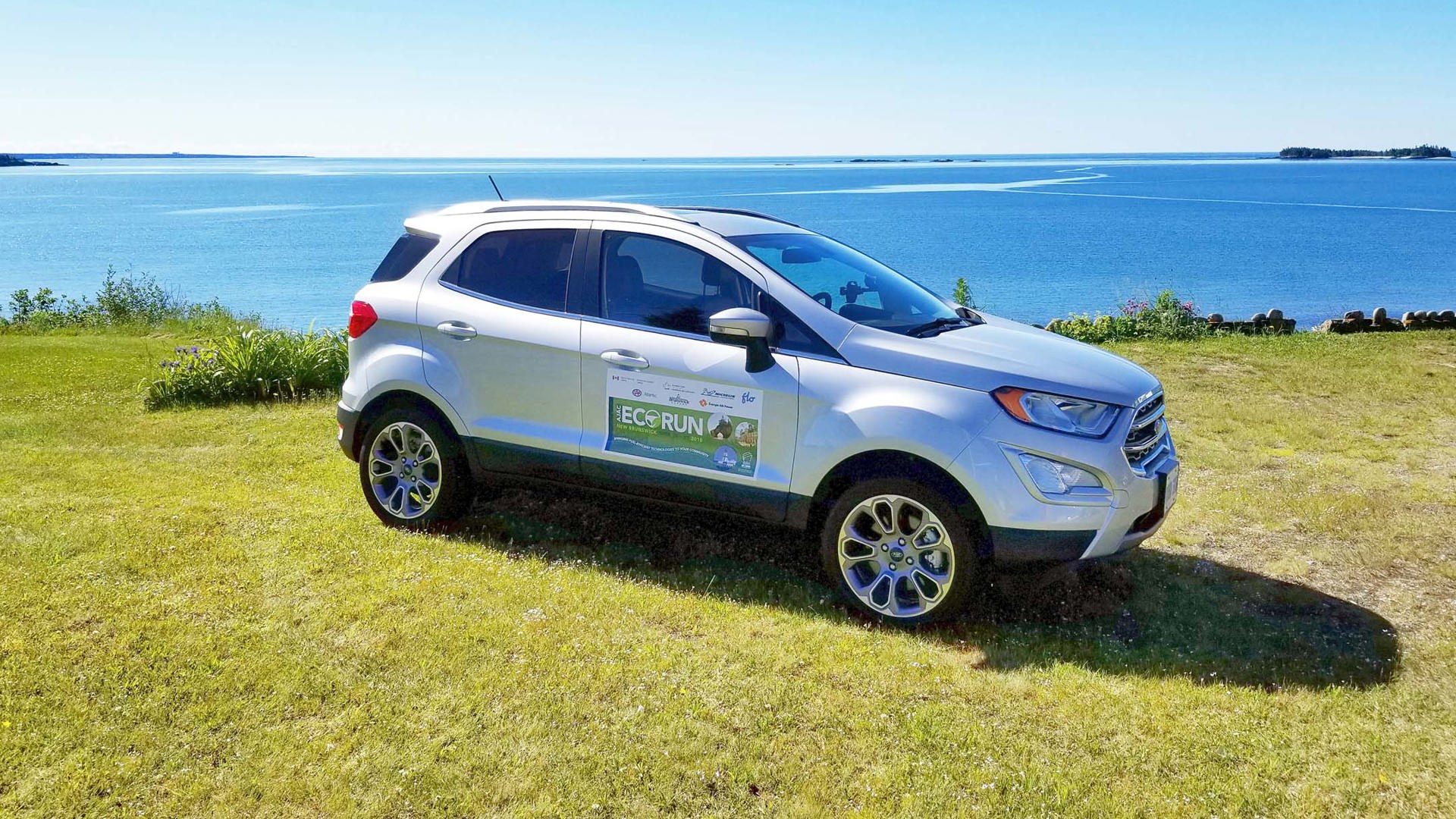
| EcoRun Vehicles | EcoRun | NRCan |
|---|---|---|
|
Chevrolet Bolt |
1.8 |
2.0 |
|
Chevrolet Equinox Diesel |
5.8 |
7.4 |
|
Chrysler Pacifica Hybrid |
6.4 |
5.5* |
|
Ford EcoSport |
6.0 |
8.4 |
|
Ford Fusion Energi |
4.2 |
4.26* |
|
Honda Clarity Plug-In |
2.5 |
3.12* |
|
Hyundai Ioniq Plug-In |
3.0 |
3.35* |
|
Kia Optima Plug-In |
4.1 |
4.24* |
|
Lexus LS 500h |
8.0 |
9.1 |
|
Mazda6 |
5.3 |
8.0 |
|
Mazda CX-3 |
7.2 |
8.2 |
|
Mercedes-Benz GLC 350e |
7.0 |
7.35* |
|
Mitsubishi Outlander PHEV |
5.6 |
6.2* |
|
Nissan Kicks |
5.9 |
7.2 |
|
Nissan Leaf |
1.8 |
2.1 |
|
Toyota Camry Hybrid |
4.8 |
5.1 |
|
Toyota Prius Prime |
2.9 |
2.78* |
|
Volkswagen Jetta |
5.3 |
7.0 |
|
*These calculations for plug-in hybrids are based on a combination of the electric and fuel-only NRCan figures due to the fact that these cars were not fully charged for all drive legs. |
||






